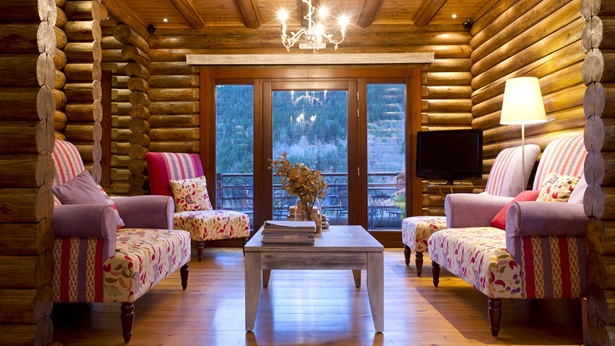How Do Builders Charge for Their Services?
Sorting out the differences between ‘fixed bid’ and ‘cost plus’
Even if you plan on doing some or all of the work on your home yourself, you will still need specialty contractors, including plumbers, electricians and HVAC installers. This is why you need to understand how these trade professionals charge for their services.
You will be contracting with a builder or subcontractors to provide labor and materials in one of three ways:
- Fixed bid
- Cost plus (also known as time and materials or an hourly rate)
- Combination of the above two
Which is better? Read on to discover what to expect when you are making that dream log and timber home a reality. This information is provided by the Log and Timber Homes Council, an association of log and timber home manufacturers since 1977. Their goal is to enable you to make the most informed decisions when buying and building your log and timber home and have adopted membership requirements that protect you during the buying and building phase.
Fixed Bid
Builder or subcontractor furnishes you with a bid that tells you exactly how much you will pay to have a finished home by such and such date. Sounds straight forward, right? You get what you want, the contractor gets what they want and everyone goes home happy. Just like the rest of life, it’s more complicated than you might think.
Fixed Bid Advantages:
- If there’s no surprises, fixed bid can be a good option
- To keep their bid competitive, contractor will be looking for the best deal on all materials
- The contractor will try to get the job done as fast as possible, so he can move on to the next job
- Fixed bid employed by trade contractors, such as electricians, HVAC installers and plumbers
- Common contract clause is “per the plans, in place and to code”
- Once it passes inspection, the trade contractor expects to be paid
Fixed Bid Disadvantages:
- The contractor has to ensure he or she doesn’t lose money on a wide range of challenges that may — or may not — come up
Example scenario: Mountainous terrain. The builder may need to factor in the blasting of bedrock and excavation to install the basement. This can increase yours costs by thousands of dollars — and that’s all before concrete is poured for the basement. - You may not get the most competitive price with a fixed bid, because the contractor will have to add in contingency funds for what-if situations
Cost Plus
A contractor will base their estimate on the amount of time and labor it will take to construct your home, plus a percentage markup on all material that goes into your home. This tactic is used on projects where costs are harder to predict. Many log and timber home builders use this formula, largely because there are so many unknowns in log and timber home construction.
Cost Plus Advantages:
- If you and your builder keep track of your budget and avoid change orders, this can be the most competitively priced way to get your home built
Cost Plus Disadvantages:
- No incentive to do the job as fast as possible
- No incentive to wisely purchase materials, since everything that goes into the home is marked up
Combo Deal
A combination of these two is increasingly common in log and timber home construction. Some parts of the house are done on a fixed bid, some on an hourly rate and other parts on a time and materials basis, plus a percentage.
Combination Advantages:
- If you invest your time in choosing cabinets, why should a builder take a percentage for ordering them?
- A combination bid can help make the process easier for both builder and buyer, while building trust.
Combination Disadvantages
- Not all builders will offer this
- Log home builders are specialists
- If you find a reputable one who is available, you may need to compensate them for their expertise in whatever manner they see fit.



